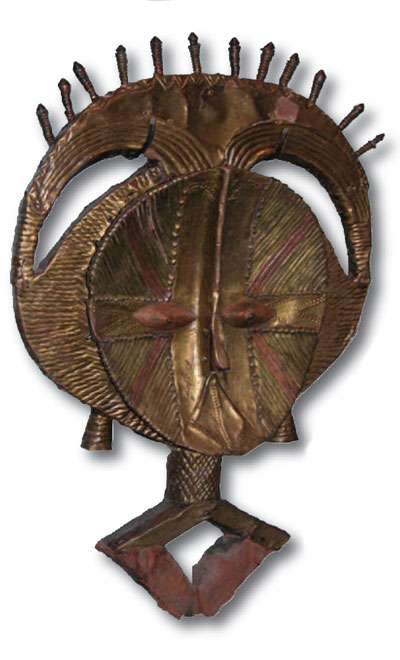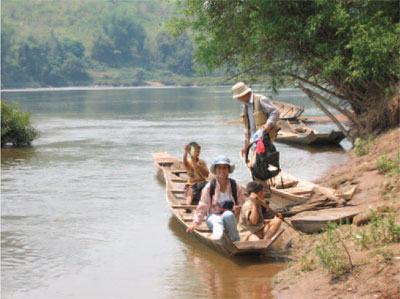Penn Museum Receives Planning Grant From National Endowment For The Humanities

Museum Object Number: 29-12-236.
The Penn Museum has received a planning grant of $39,768 from the National Endowment for the Humanities (NEH) to support the development of an innovative exhibit entitled African Healing Journeys. Anticipated to open in 2012, this traveling exhibit will incorporate up to 300 objects from the Penn Museum’s African collections, including photographs, botanical illustrations, video clips, and oral and written testimonies. It will be co-curated by Lee Cassanelli, Professor of History at Penn and the Director of Penn’s African Studies Center, and John Janzen, Professor of Anthropology at the University of Kansas, in collaboration with Dwaune Latimer, the Jean Friendly Keeper of the Museum’s African Collections, and Kathleen Ryan, the Project Director. Partners include the Africa Health Group, Penn Medical School, the Penn-in-Botswana Program, and the African Studies Center.
Penn Museum Receives Challenge Grant From Henry Luce Foundation

The Penn Museum has received a challenge grant of $300,000 from the Henry Luce Foundation to investigate the prehistoric settlement of the Middle Mekong Basin in Southeast Asia between July 2008 and June 2012. During this four-year period, the Museum must raise $400,000 in matching funds to support this project, which seeks to shed light on the origins of early agricultural and bronze-producing societies in Southeast Asia. This collaborative program builds upon four decades of pioneering archaeological research by the Penn Museum in Southeast Asia, particularly at the renowned site of Ban Chiang in Thailand where the Museum conducted excavations in the 1970s. It also expands the Museum’s current research project in Southeast Asia—the Middle Mekong Archaeological Project (MMAP) led by Joyce C. White—the first archaeological project in Laos by an American-led team. MMAP has previously carried out surveys to find prehistoric sites in Laos, and, most recently, has conducted test excavations at cave sites near Luang Prabang in July 2007 and March 2008.
